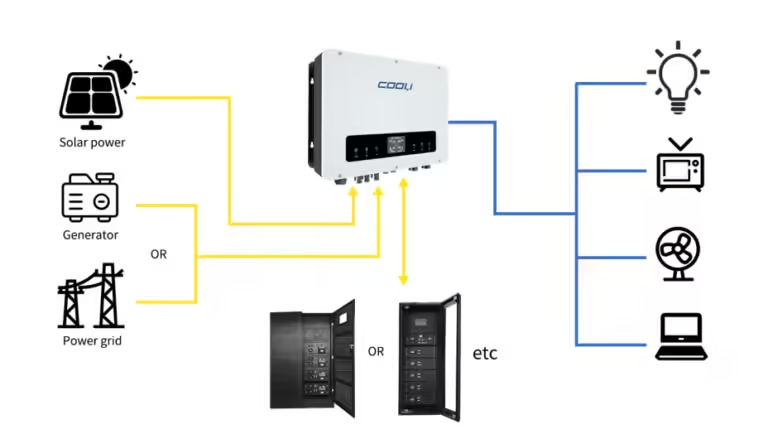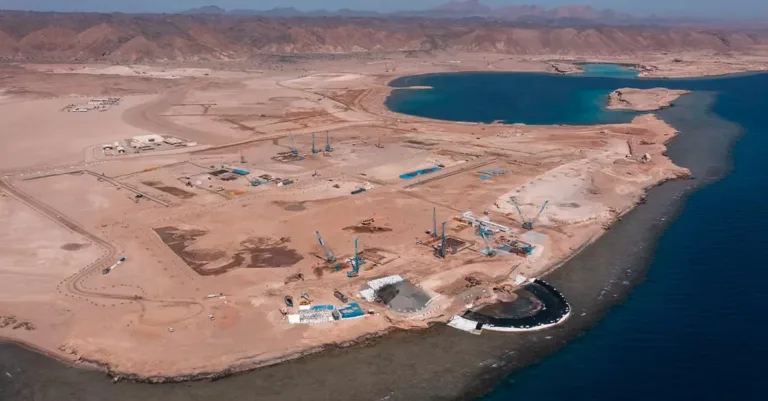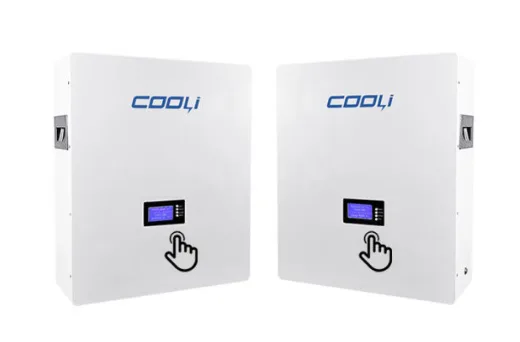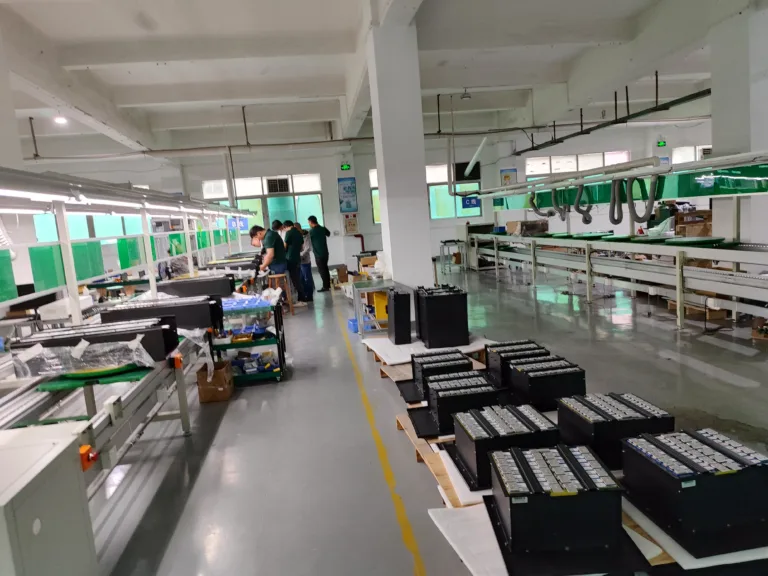Slash Bills 50%: 10kW Off-Grid Solar System Powers Your Home!
Why Filipinos Are Switching to Off-Grid Solar System
Off-Grid Solar System in the Philippines: Costs, Components, and Complete Guide.
The Philippines, with over 7,000 islands, faces significant challenges in grid coverage, leaving remote areas with frequent power shortages and high electricity costs. Driven by renewable energy policies and technological advancements, off-grid solar systems have become a popular choice for households and businesses. This guide breaks down the costs, configuration options, and installation essentials of off-grid solar systems in the Philippines, along with answers to frequently asked questions.
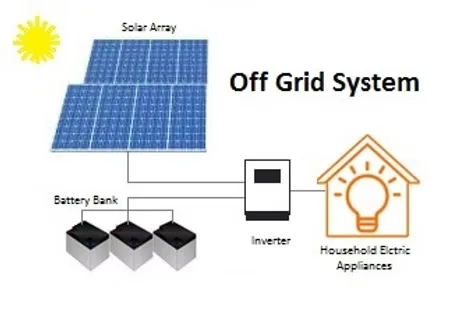
1. What Is an Off-Grid Solar System?
An off-grid solar system operates independently of the national grid, generating and storing energy through solar panels, batteries, and inverters. In the Philippines, these systems are ideal for:
- Islands and rural areas: Weak grid infrastructure in regions like Bohol and Mindanao.
- Emergency backup: Resilience against typhoons, earthquakes, and power outages.
- High-cost electricity zones: Industrial electricity rates (₱8–10/kWh) make solar a cost-effective alternative.
Key Components:
- Solar Panels: High-efficiency models like Chint New Energy’s ASTRO N7 (23.32% efficiency) or Growatt-compatible modules.
- Battery Storage: Lithium-ion batteries (e.g., BYD, LG Chem) for longevity and efficiency.
- Inverters: Off-grid management with SMA Sunny Island or Victron SmartSolar MPPT.
- Mounting Systems: Typhoon-resistant designs like Clenergy’s PVezRack® SolarTerrace MAC.
2. Off-Grid Solar System Costs in the Philippines
Cost Breakdown for a 10kW System
A 10kW system suits medium-sized households or small businesses, with total costs ranging ₱800,000–1,200,000 (including installation):
| Component | Cost Range (₱) | Details |
|---|---|---|
| Solar Panels | 300,000–400,000 | 25–30 panels (450W each, e.g., Sungold). |
| Lithium Batteries | 350,000–500,000 | 20–30kWh capacity (2-day backup). |
| Inverter | 100,000–150,000 | SMA Sunny Island or Growatt series. |
| Installation | 50,000–150,000 | Labor and typhoon-proof racking. |
ROI Analysis:
- With 4.5–5.5 daily sun hours, a 10kW system generates ~14,600 kWh/year. At ₱8/kWh, annual savings reach ₱116,800, yielding a 4–6 year payback period.
3. Designing an Off-Grid System for Philippine Conditions
Key Configuration Tips
- Battery Sizing
- Formula: Daily energy use (kWh) × Backup days ÷ Battery DoD
- Example: 20 kWh/day + 2-day backup + 80% DoD → 50kWh battery.
- Solar Panel Quantity
- Formula: (Daily energy ÷ Sun hours) ÷ Panel wattage × 1.2 (efficiency buffer)
- Example: 20 kWh/day ÷ 5 hours ÷ 0.45kW × 1.2 ≈ 11 panels.
- Inverter Selection
- Opt for hybrid inverters (e.g., SMA Sunny Island) supporting solar + generator inputs for rainy seasons.
4. Top Brands and Case Studies
Localized Success Stories
- Clenergy’s 128MW Project: Typhoon-resistant installations in Tanauan and Malagonlong.
- Growatt-Primark Superstore: 100kW system saves ₱156,000/year with anti-backflow design.
- Chint New Energy in Mindanao: n-type TOPCon panels boost efficiency in high-heat environments.
Recommended Brands:
- Panels: Chint New Energy, Trina Solar
- Inverters: SMA, Victron, Growatt
- Batteries: BYD, LG Chem
5. FAQs: Your Questions Answered
Q1: How much does a 10kW solar system cost in the Philippines?
Approximately ₱800,000–1,200,000, depending on battery capacity and brand (see Section 2).
Q2: How many solar panels are needed to power a house?
A typical household (10–15 kWh/day) requires 8–12 panels (450W) paired with 20–30kWh batteries.
Q3: Is off-grid solar worth it in the Philippines?
Absolutely! High electricity rates, abundant sunlight, and government incentives (e.g., Renewable Energy Act tax breaks) make it a smart investment.
Conclusion
Off-grid solar systems in the Philippines are not just a solution to power shortages—they’re a cost-saving, sustainable strategy for energy independence. Partner with local providers like Clenergy or Growatt to maximize returns.
Take Action: Consult certified installers for a customized off-grid solution today!

